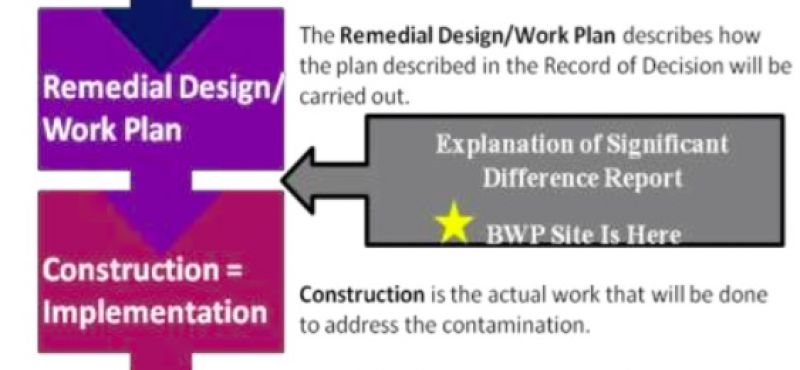EPA Releases Explanation of Significant Difference Report for the Brunswick Wood Preserving Site

Site: Brunswick Wood Preserving
Author: Constance Riggins
Submitted: February 17, 2016
Visits: 3901
Tags: Soil (2), groundwater

Site: Brunswick Wood Preserving
Author: Constance Riggins
Submitted: February 17, 2016
Visits: 3901
Tags: Soil (2), groundwater